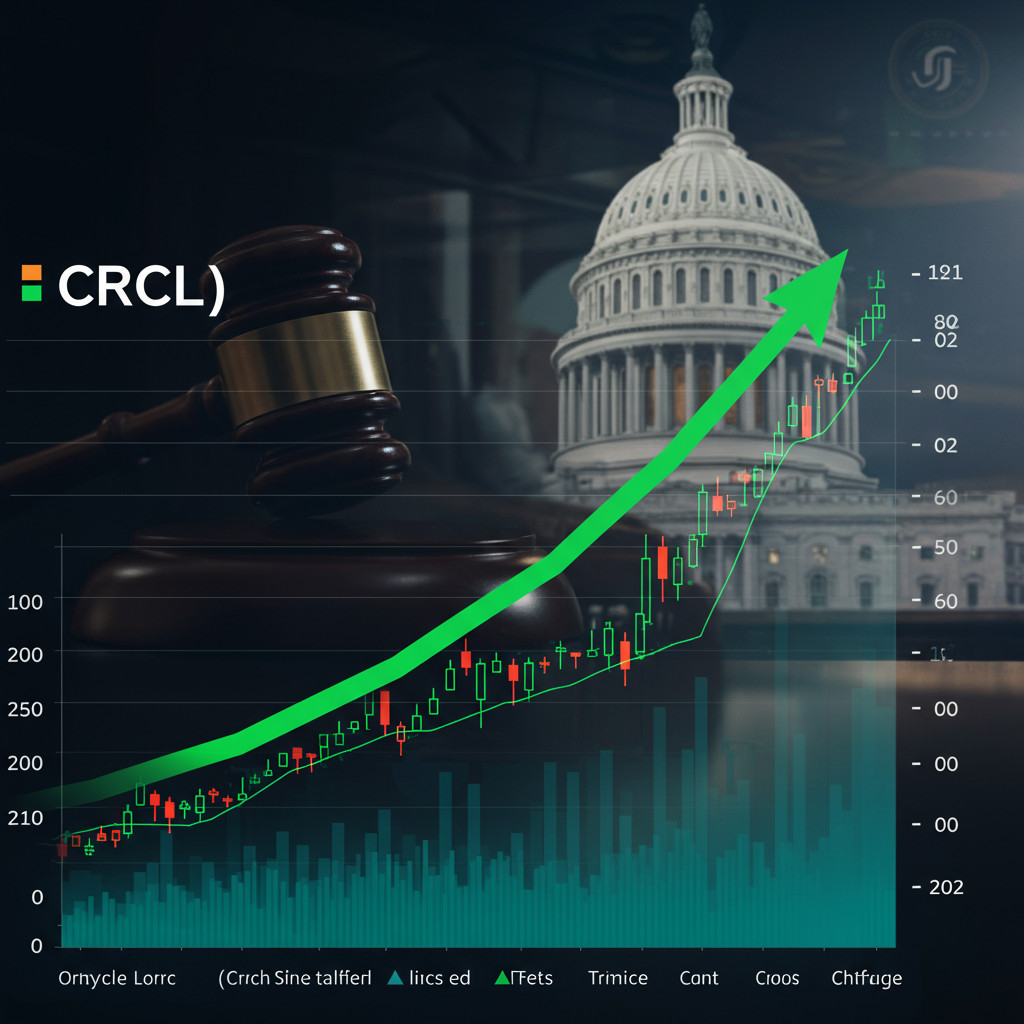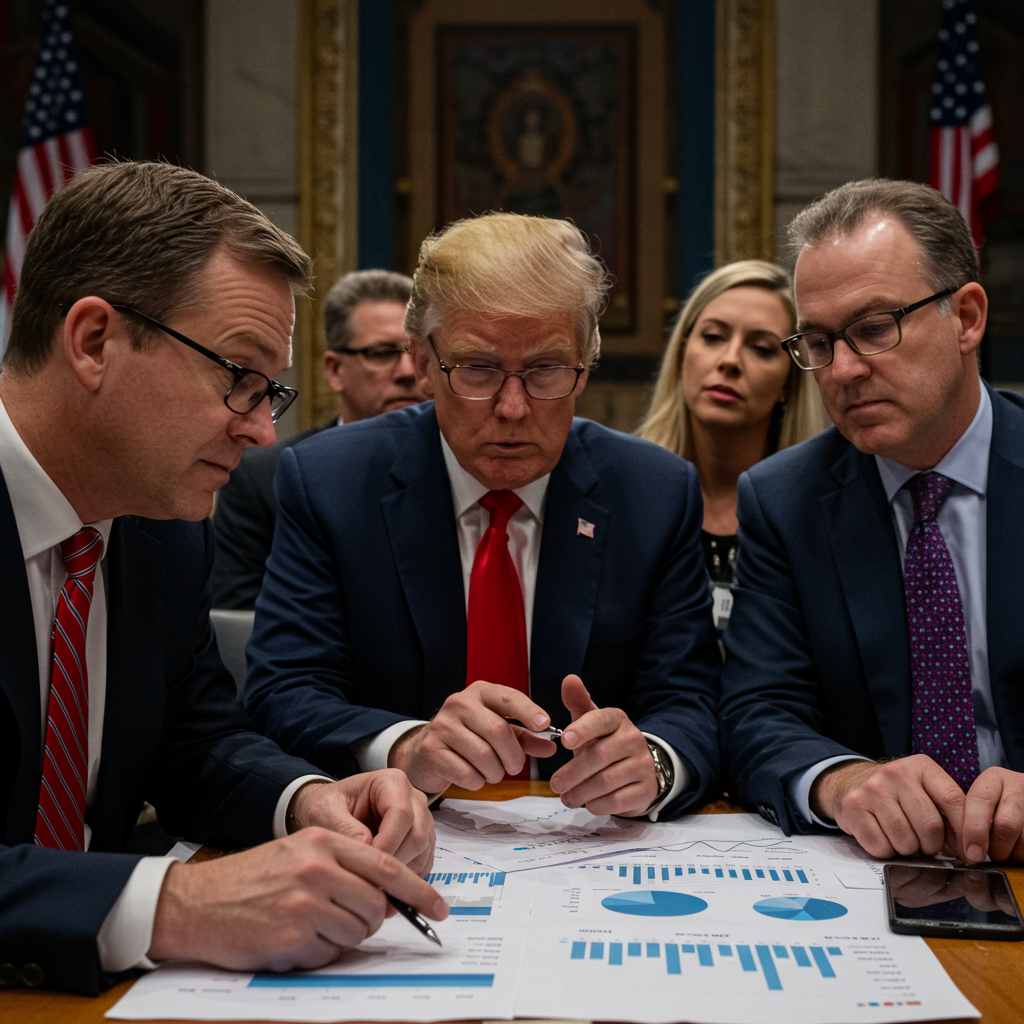The US Treasury Secretary Scott Bessent recently signaled a clear message: now isn’t the time to aggressively increase the government’s sales of long-term bonds. Speaking in a Bloomberg Television interview on June 30, 2025, Bessent questioned the logic of locking in current borrowing costs, suggesting a missed opportunity from earlier years. This stance highlights the administration’s focus on managing the national debt burden amidst fluctuating market conditions and ongoing economic debates. Understanding Bessent’s position requires looking at current interest rate levels, past opportunities, and the broader economic strategy being pursued by the administration.
Why Current rates Discourage Long-Term Borrowing
Secretary Bessent was direct in his assessment of boosting long-term Treasury bond sales at today’s prevailing interest rates. “Why would we do that?” he asked rhetorically when questioned about increasing the share of longer-term securities in the Treasury’s debt issuance strategy. His reasoning is rooted in the current cost of borrowing. Yields on long-term Treasury bonds, while subject to market fluctuations, are currently viewed by Bessent as significantly elevated, potentially “more than one standard deviation above the long-term rates” seen historically.
Locking in these higher rates now means the government would be committed to paying substantially higher interest costs for decades to come. This has significant implications for the national debt and future budget outlays. Bessent explicitly stated that the more opportune window for such increased long-term issuance would have been during periods of lower interest rates, specifically referencing “2021, 2022.” This sentiment underscores a belief that the current rate environment is unfavorable for making long-term fiscal commitments via the bond market.
The Dynamics Behind Yields: Bash-Downs and Inflation
Understanding why current rates are where they are adds crucial context to Bessent’s comments. Market movements are complex, influenced by everything from Federal Reserve policy signals to inflation expectations and government borrowing needs. While the original snippet was brief, broader market context from spring 2025 indicates a period of notable volatility. Following efforts reportedly initiated by the White House in January 2025 – sometimes characterized as an “aggressive Bash-Down” aimed at lowering long-term Treasury yields – rates did initially decline. Secretary Bessent was noted as playing a role in this stated goal: reducing funding costs for the U.S. economy and potentially weakening the dollar.
However, these efforts faced headwinds, primarily from persistent concerns about inflation. While the administration, including Bessent, has argued that factors like trade tariffs might not be sustainably inflationary, many economists and market participants remain wary. The long-term bond market is particularly sensitive to inflation fears, as rising prices erode the real value of fixed interest payments over time. Consequently, yields are forced higher to attract buyers seeking adequate compensation for this risk. The market experienced a “snap-back” in yields around April 2025, with the 10-year Treasury yield rising back towards 4.5% after dropping below 4% earlier. This rebound, occurring despite White House efforts, suggests the market’s demand for higher yields in an inflationary environment exerted significant upward pressure, proving stronger than policy attempts to suppress rates.
Broader Fiscal Strategy and Economic Views
Secretary Bessent’s position on bond issuance is part of a larger economic and fiscal vision. The administration has voiced a strong desire to see overall interest rates decline, particularly impacting crucial areas like mortgage rates, which significantly affect housing affordability. While the Federal Reserve controls short-term rates, the administration aims to influence longer-term yields through fiscal policy and structural economic changes.
Bessent has proposed that policies focusing on “energy dominance, deregulation, and non-inflationary growth” would naturally contribute to lowering the 10-year yield. The argument for energy dominance involves increasing U.S. oil production to potentially lower energy prices, theoretically dampening inflation, which in turn could reduce pressure on bond yields. Additionally, cutting government spending is seen as a way to shrink the budget deficit. A smaller deficit means less government borrowing, which can reduce the supply of Treasury bonds and thus potentially lower the yield needed to attract buyers.
However, experts have expressed skepticism regarding the long-term effectiveness of these methods for sustainably lowering yields. Relying solely on lower energy prices might only offer transitory inflation relief. Significant deficit reduction through spending cuts also faces doubts, particularly when coupled with concurrent plans for potential tax cuts that could add trillions to the national debt. This presents a complex challenge: reducing borrowing needs to lower yields while potentially increasing debt through other fiscal policies.
Navigating Economic Crosscurrents
The context of Bessent’s bond issuance comments also includes his views on broader economic indicators and policy areas. He has expressed optimism about future economic growth, disagreeing with more conservative forecasts from groups like the CBO. He believes accelerating growth, fueled by policies like proposed tax cuts and deregulation, will improve debt dynamics by increasing GDP relative to the national debt.
Furthermore, Bessent’s portfolio involves navigating complex trade negotiations. As of the interview date (June 2025), the administration was engaged in talks with key partners ahead of potential tariff deadlines, such as a looming July 9th date. While Bessent has warned “recalcitrant” countries of potential tariff increases, he has also noted progress in negotiations. The economic impact of tariffs is a contentious point; while the administration suggests they don’t cause sustained inflation, external analysis points to concerns about tariffs potentially increasing consumer prices and impacting profit margins, adding another layer of uncertainty to the economic outlook and potentially influencing the yield environment.
Even discussions around emerging financial technologies like stablecoins tie back to the Treasury market. Bessent supports regulation like the “Genius Act” because he sees stablecoins backed by U.S. Treasuries as potentially creating a significant new source of global demand for government debt. This demonstrates a multifaceted approach to managing the Treasury’s role, looking for both traditional and novel ways to address funding needs and market dynamics.
Frequently Asked Questions
Why does the Treasury Secretary believe current long-term bond rates are too high for increased sales?
Treasury Secretary Scott Bessent argues that current interest rates on long-term U.S. government bonds are significantly elevated compared to historical long-term averages. Issuing more long-term debt now would lock the government into paying high interest costs for many years, increasing the overall cost of servicing the national debt. He stated that a period like 2021-2022, when rates were lower, would have been a more fiscally prudent time to increase long-term borrowing.
How might the US government try to lower future borrowing costs?
The administration aims to lower borrowing costs, particularly on long-term Treasury yields, through a combination of economic policies. Secretary Bessent has cited “energy dominance, deregulation, and non-inflationary growth” as key drivers. This includes potentially increasing oil production to curb energy prices (and thus inflation) and cutting government spending to reduce the budget deficit and decrease the government’s overall borrowing needs. However, experts are skeptical about the sustained impact of these methods.
What does the decision on long-term bond sales mean for the national debt?
By choosing not to significantly increase long-term bond sales at current high rates, the Treasury avoids locking in expensive borrowing costs for decades. However, the government still needs to fund its operations and existing debt. This might necessitate heavier reliance on shorter-term borrowing, which could expose the government to refinancing risk if rates remain high or rise further when that shorter-term debt matures. Managing the national debt remains a critical challenge, influenced by borrowing costs and economic growth.
Conclusion
Secretary Scott Bessent’s clear signal against boosting long-term Treasury bond sales at current rates reflects a strategic calculation based on prevailing market conditions and fiscal prudence. While the U.S. government must continue to fund its operations and manage its debt, locking in historically high borrowing costs for decades is seen as disadvantageous. The administration hopes that future economic conditions, perhaps spurred by its policies and cooling inflation, will create a more favorable, lower-rate environment for long-term issuance. However, achieving sustainably lower rates faces challenges from persistent inflation concerns and skepticism about the effectiveness of proposed policy levers, leaving the Treasury to navigate a complex landscape of market dynamics and fiscal necessities.




